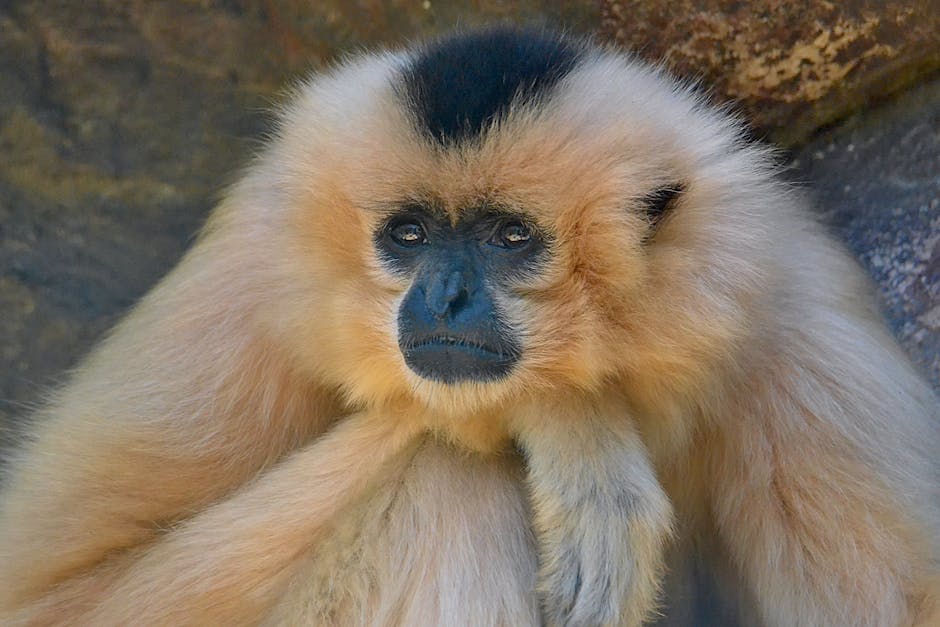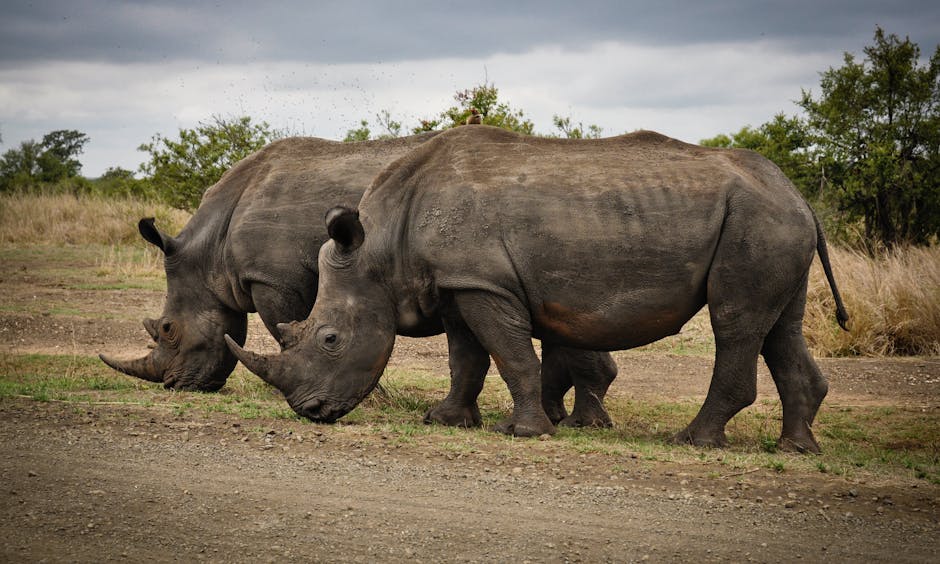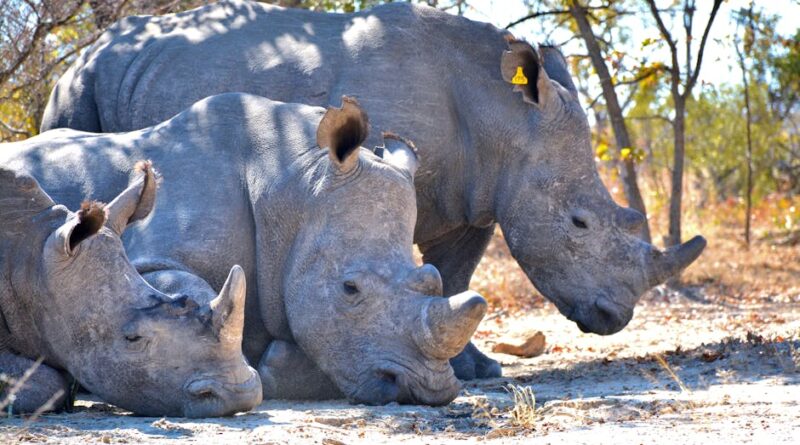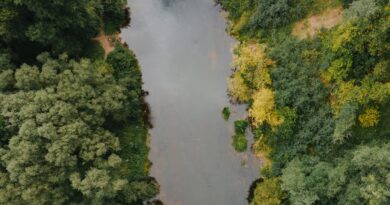Protecting Endangered Species: A Comprehensive Guide
Endangered species are a critical part of our planet’s biodiversity, playing a vital role in maintaining the delicate balance of ecosystems. However, due to various human activities, climate change, habitat destruction, and poaching, many species are facing the threat of extinction. The loss of these species not only disrupts ecosystems but also impacts human societies in ways we may not fully comprehend.
So, how can we protect these endangered species and ensure their survival for generations to come? In this comprehensive guide, we will explore various strategies, initiatives, and actions that can be taken to safeguard the future of these vulnerable species.
The Importance of Protecting Endangered Species

Before delving into the specifics of protecting endangered species, it is essential to understand why these creatures are so crucial to our planet. Biodiversity is the key to a healthy and resilient ecosystem, and each species, no matter how small, plays a unique role in maintaining this balance. When a species goes extinct, it can have cascading effects on other species and the environment as a whole.
For example, predators help control the population of prey species, preventing overgrazing and ensuring the health of plant communities. Pollinators, such as bees and butterflies, are essential for the reproduction of flowering plants, including many crops that humans rely on for food. By protecting endangered species, we are not only preserving the web of life on Earth but also securing our own well-being.
Conservation Efforts

Conservation efforts play a crucial role in protecting endangered species. These efforts can take many forms, from creating protected areas to implementing laws and regulations to prevent poaching and habitat destruction. One of the most well-known conservation initiatives is the Endangered Species Act (ESA) in the United States, which provides legal protections for threatened and endangered species and their habitats.
Other conservation strategies include captive breeding programs, habitat restoration, and community-based conservation projects. These efforts not only help save individual species but also contribute to the overall health of ecosystems and the protection of biodiversity.
Protected Areas

One of the most effective ways to protect endangered species is by establishing protected areas where they can thrive without the threat of human interference. National parks, wildlife refuges, and marine reserves are examples of such areas where species are given the space and resources they need to survive and reproduce.
These protected areas not only serve as sanctuaries for endangered species but also help conserve their habitats and the biodiversity of the surrounding areas. By designating and effectively managing protected areas, we can ensure the long-term survival of some of the most vulnerable species on Earth.
Sustainable Development

Another crucial aspect of protecting endangered species is promoting sustainable development practices that balance human needs with environmental conservation. Sustainable development aims to meet the needs of the present without compromising the ability of future generations to meet their own needs.
By integrating conservation principles into development projects, we can reduce the negative impact on wildlife and their habitats. This can include sustainable agriculture, renewable energy sources, and eco-friendly infrastructure development. By choosing sustainable options, we can protect endangered species while also supporting human well-being.
Public Awareness and Education
Public awareness and education are key components of protecting endangered species. By raising awareness about the importance of biodiversity and the threats facing endangered species, we can inspire individuals to take action and make informed choices that support conservation efforts.
Education initiatives can include school programs, community outreach, and public awareness campaigns. By engaging people of all ages and backgrounds, we can build a culture of conservation that values and protects endangered species for future generations.
International Cooperation
Many species are not confined to national borders, making international cooperation essential for their protection. International agreements and treaties, such as the Convention on International Trade in Endangered Species of Wild Fauna and Flora (CITES), aim to regulate the trade of endangered species and ensure their survival in the wild.
By working together on a global scale, countries can share resources, expertise, and best practices to protect endangered species wherever they may be found. International cooperation is crucial for addressing the complex challenges that threaten the survival of many species and ensuring their long-term conservation.
Research and Monitoring
Research and monitoring play a vital role in protecting endangered species by providing valuable data on population trends, habitat requirements, and the effectiveness of conservation efforts. Scientists use a variety of methods, such as field surveys, satellite tracking, and genetic analysis, to gather information that informs conservation strategies.
By staying informed about the status of endangered species, we can make informed decisions about how best to protect them. Research also helps identify emerging threats and develop innovative solutions to conserve species at risk of extinction.
Common Misconceptions
One common misconception about protecting endangered species is that it requires significant financial resources and expertise. While conservation efforts can be costly and complex, there are many ways that individuals can contribute to protecting endangered species, such as supporting conservation organizations, volunteering at local wildlife refuges, and making sustainable choices in their daily lives.
Another misconception is that endangered species are not important or relevant to human well-being. In reality, the loss of biodiversity can have far-reaching consequences for ecosystems and the services they provide, such as clean air, water, and food. By protecting endangered species, we are safeguarding our own future on this planet.
Conclusion
Protecting endangered species is a critical task that requires the collective effort of individuals, communities, governments, and organizations around the world. By implementing conservation strategies, promoting sustainable development, raising public awareness, and supporting international cooperation, we can ensure the survival of these vulnerable species and the health of our planet.
As we face increasing threats to biodiversity, it is more important than ever to prioritize the protection of endangered species and the ecosystems they inhabit. By taking action now, we can secure a future where all species can thrive and contribute to the rich tapestry of life on Earth.
Remember, the fate of endangered species is in our hands. Let’s work together to protect and preserve these incredible creatures for generations to come.




